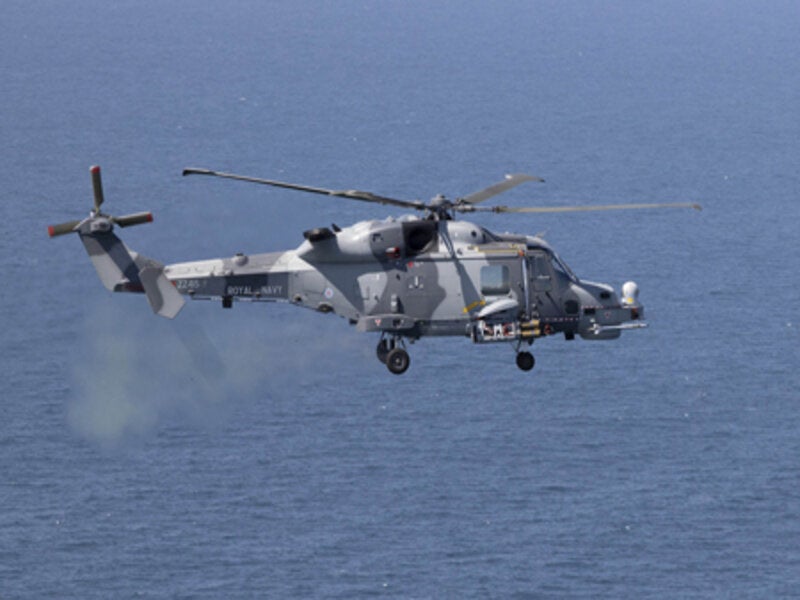
Leonardo and Thales have concluded the maiden firings of the Thales Martlet Lightweight Multirole Missile (LMM).
Under the British Ministry of Defence’s (MoD) Future Anti-Surface Guided Weapon (FASGW) programme, the firings were conducted from Leonardo’s AW159 Wildcat helicopter.
It showcased the integration of the Martlet onto the AW159 platform.
The test will now enable the missile to enter service with the Royal Navy this year.
Last month, Leonardo and Thales conducted the trials amidst the Covid-19 situation.
Leonardo Helicopters (UK) managing director Nick Whitney said: “This major milestone demonstrates that the combination of the AW159 Wildcat and Martlet missile will be a flexible and effective tool for the Royal Navy.
“Next year, the Wildcat fleet will embark on Carrier Strike Group missions with HMS Queen Elizabeth on its maiden operational deployment.”
Leonardo signed a contract with the UK MoD in July 2014 to integrate, test and install the MBDA Sea Venom (heavy) and Thales LMM (light) missile systems onto Royal Navy AW159 Wildcat helicopters.
Under the FASGW programme, the LMM with its associated laser guidance unit is integrated into the Leonardo AW159 Wildcat helicopters.
During missions, the missile aids in engaging smaller, fast-moving, asymmetric threats.
It is also capable of defending its troops using conventional electro-optic and radar guidance systems.
On-board the AW159 Wildcat platform, the LMM Martlet will permit personnel to engage air targets, including UAVs and other maritime helicopters.
The launchers are mounted to the AW159 through the Leonardo Weapon Wing, which has been developed at the company’s design and manufacturing facility located in Yeovil and initially trialled last year.
Each wing is capable of carrying either ten Martlet or two Sea Venom missiles, generating additional lift and reducing load on the main rotor.
Thales UK Integrated Airspace-protection Systems general manager Philip McBride said: “LMM Martlet will ensure that the Wildcat has the best-in-class offensive capability to protect HMS Queen Elizabeth and her task group during her maiden operational deployment next year.”



